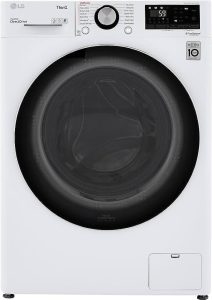Does washing Crocs in the machine affect their color?
Introduction
Crocs are known for their vibrant colors, and maintaining their appearance is a priority for many wearers. When it comes to washing Crocs in a machine, concerns about color fading or discoloration may arise. Understanding the impact of machine washing on Crocs’ color is essential for preserving their vibrant look. In this guide, we will explore the effects of machine washing on Crocs’ color and provide tips for minimizing potential color changes.
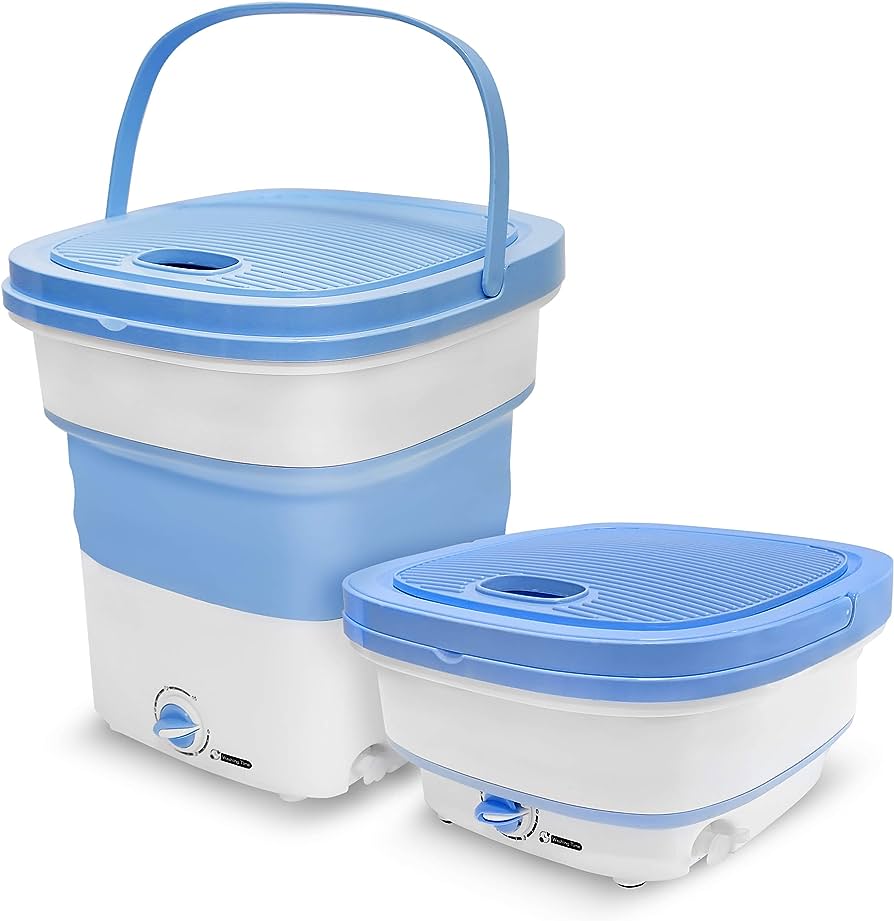
Does washing Crocs in the machine affect their color?
Material Composition and Colorfastness
1.1. Croslite™ Material
Crocs are primarily made from Croslite™, a closed-cell resin material known for its durability and comfort. This material provides Crocs with their vibrant colors. Croslite™ is generally resistant to fading, making Crocs a suitable choice for machine washing.
1.2. Colorfastness
Colorfastness refers to the ability of a material to retain its color when exposed to external factors such as water, detergent, or friction. Croslite™, the material used in Crocs, is designed to be colorfast to a certain extent. However, it is important to note that some color fading or changes may occur over time due to various factors, including exposure to sunlight, frequent use, and washing methods.
Factors Affecting Color Preservation
2.1. Detergent Selection
The choice of detergent can impact the color preservation of Crocs. It is advisable to use a mild detergent specifically formulated for delicate fabrics or handwashing. Harsh detergents or those containing bleach or colorants can cause color fading or discoloration. Opting for a detergent that is gentle on colors helps minimize the risk of color changes.
2.2. Water Temperature
Hot water can accelerate color fading or bleeding, especially in vibrant or dark-colored Crocs. It is recommended to use cold water for washing Crocs to minimize the potential impact on color. Cold water helps preserve the integrity of the color and reduces the risk of color bleeding.
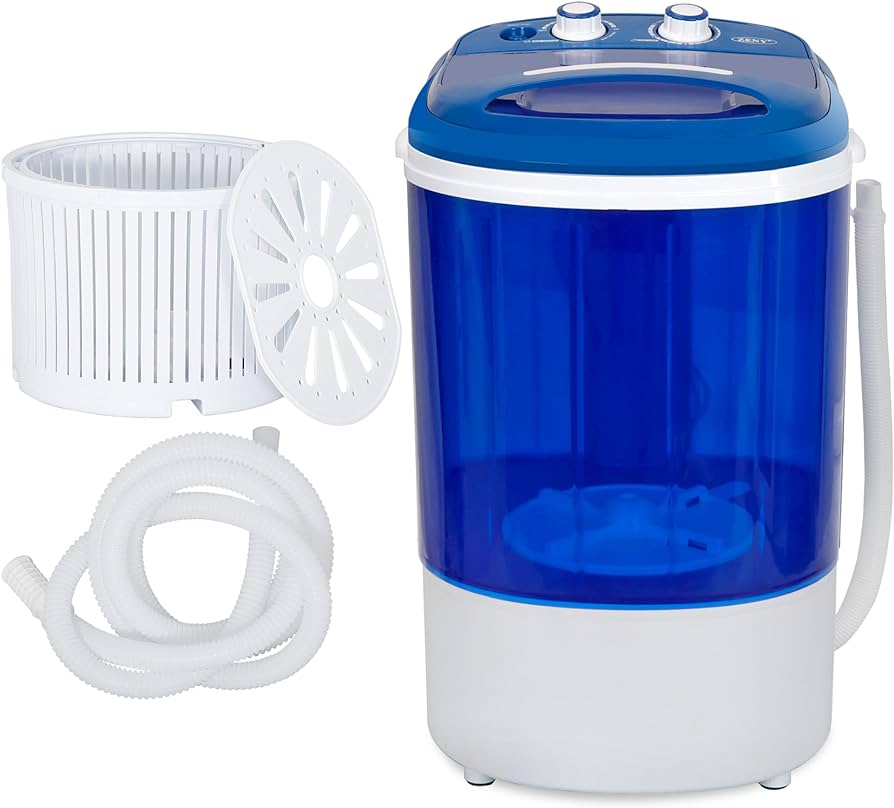
2.3. Agitation and Friction
Aggressive agitation and friction during machine washing can contribute to color fading or transfer. To minimize these effects, choose a gentle cycle or a delicate setting on your washing machine. This reduces the intensity of agitation and helps preserve the color of your Crocs.
2.4. Color Separation
If you are washing multiple pairs of Crocs in the machine, it is advisable to separate them by color. This precautionary measure helps prevent color bleeding or transfer between different pairs. Grouping similar colors together during washing reduces the risk of color changes.
Minimizing Color Changes in Machine Washing
3.1. Turn Crocs Inside Out
To reduce the potential impact of agitation and friction on the color of your Crocs, consider turning them inside out before placing them in the washing machine. This technique can help protect the exterior color from direct contact with the machine drum.
3.2. Use a Mesh Laundry Bag
Placing your Crocs in a mesh laundry bag provides an additional layer of protection during machine washing. This helps minimize the risk of color fading or damage caused by contact with other items in the machine. The mesh bag allows water and detergent to flow freely while preventing excessive agitation.
3.3. Avoid Overloading the Machine
Overloading the washing machine can lead to more intense agitation and friction, increasing the risk of color transfer or fading. To minimize these effects, avoid overcrowding the machine and ensure that there is enough space for water and detergent to circulate around the Crocs.
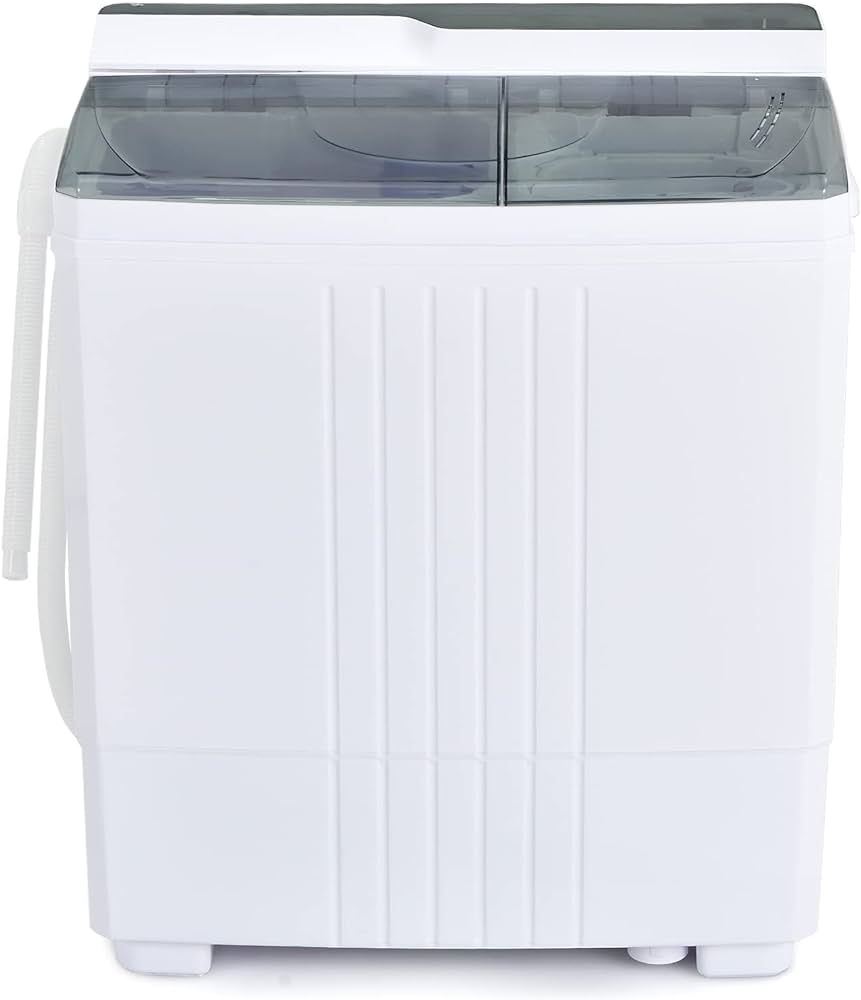
3.4. Air Dry
After machine washing your Crocs, it is important to avoid using a dryer. Excessive heat can cause color fading or shrinkage. Instead, allow your Crocs to air dry naturally. Place them in a well-ventilated area away from direct sunlight to prevent color changes caused by UV exposure.
Alternative Cleaning Methods for Color Preservation
4.1. Hand Washing
Hand washing is a gentle and effective alternative to machine washing when it comes to color preservation. Use a mild detergent, lukewarm water, and a soft brush or cloth to clean your Crocs. This method allows for better control over the cleaning process and reduces the risk of color fading.
4.2. Spot Cleaning
For small stains or localized dirt, spot cleaning can be a safe and effective option. Dampen a cloth or sponge with water and mild detergent, and gently scrub the affected areas. This targeted approach minimizes the risk of color changes by limiting exposure to water and detergent.
4.3. Preventive Maintenance
Regular preventive maintenance can help preserve the color of your Crocs. Wiping them down with a damp cloth after each use and avoiding contact with harsh chemicals or abrasive surfaces helps maintain their vibrant appearance. Promptly treating any stains or spills can also prevent them from setting and causing color changes.
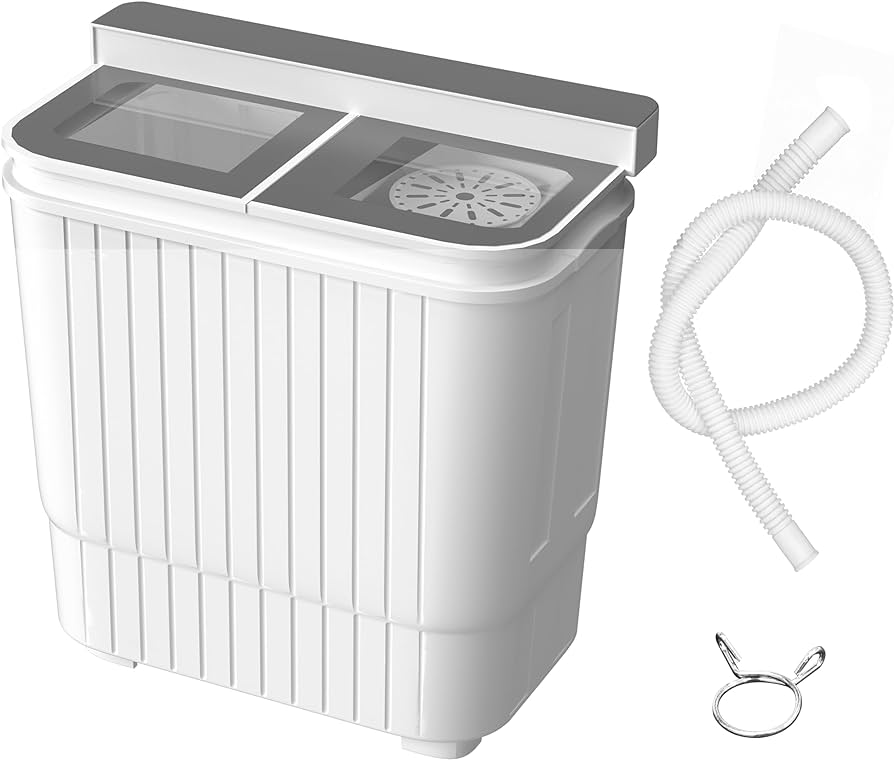
Realistic Color Expectations
5.1. Natural Wear and Tear
It is essential to have realistic expectations when it comes to color preservation, as some level of fading or color changes may occur naturally over time with regular wear and tear. Even with proper cleaning and maintenance, the vibrant color of your Crocs may gradually fade or become less vibrant due to exposure to sunlight, repeated use, or aging of the material.
5.2. Variances in Material and Dye Lots
Crocs are manufactured in different batches, and slight variations in color can occur between batches. These variations are normal and should be expected, even if you follow proper cleaning techniques. Differences in dye lots, manufacturing processes, or exposure to different environmental conditions can lead to subtle color discrepancies.
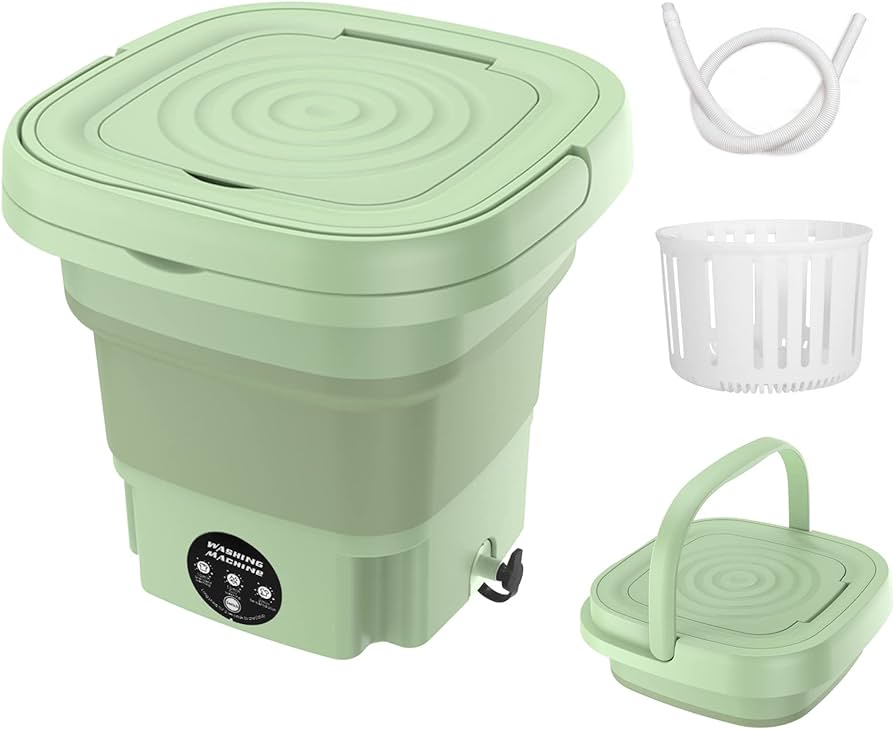
Conclusion
Machine washing Crocs can impact their color, but with proper care and attention to the factors discussed, you can minimize potential color changes. Croslite™ material is generally colorfast and resistant to fading, but some fading or color variations may occur over time. Choosing a mild detergent, using cold water, and selecting a gentle washing cycle can help preserve the color of your Crocs. Additional precautions, such as turning them inside out, using a mesh laundry bag, and avoiding overloading the machine, further minimize the risk of color changes. Alternative cleaning methods such as hand washing or spot cleaning can also be employed for color preservation. Regular preventive maintenance and proper storage contribute to the longevity and vibrancy of your Crocs. By understanding the factors affecting color preservation and implementing appropriate measures, you can keep your Crocs looking vibrant and appealing for an extended period.
